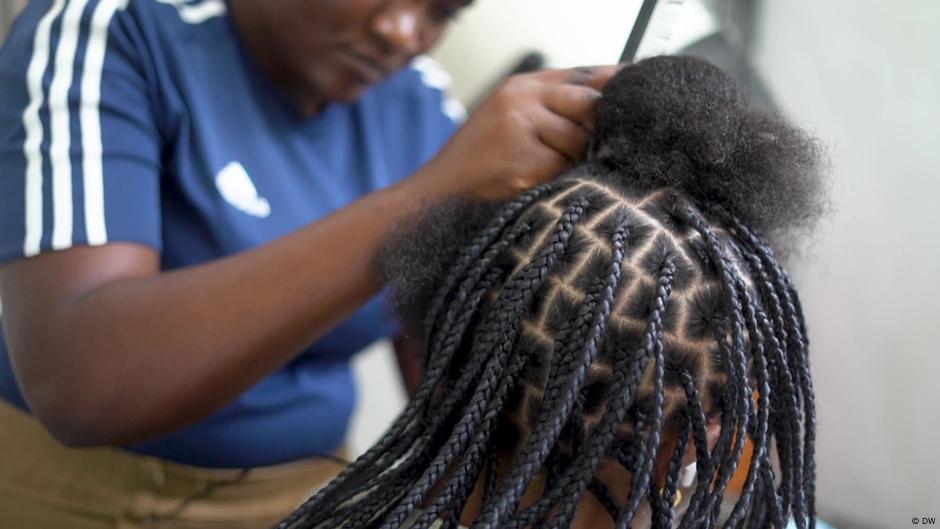Synthetic Hair, Silent Threat: The Hidden Health Dangers Black Women Face

Hair Extensions and Braids: Uncovering Potential Health Risks
Recent consumer investigations have sparked serious concerns about the safety of braids and synthetic hair extensions. Alarming findings suggest that potentially harmful chemicals linked to cancer might be present in these popular hair styling products.
Researchers conducting comprehensive tests across various synthetic hair extension and braid brands have discovered traces of toxic substances that could pose significant health risks to consumers. These investigations have raised critical questions about the manufacturing processes and chemical compositions of hair enhancement products widely used in the beauty industry.
While the beauty market continues to grow, consumers are increasingly demanding transparency and safer alternatives. The detected cancer-causing agents underscore the importance of rigorous product testing and stricter regulatory standards for hair extension materials.
Experts recommend that individuals who frequently use synthetic hair extensions and braids should:
• Carefully research product ingredients
• Choose products from reputable manufacturers
• Consider natural hair alternatives
• Consult healthcare professionals about potential long-term risks
As awareness grows, the beauty industry faces mounting pressure to prioritize consumer safety and develop healthier hair enhancement solutions.
